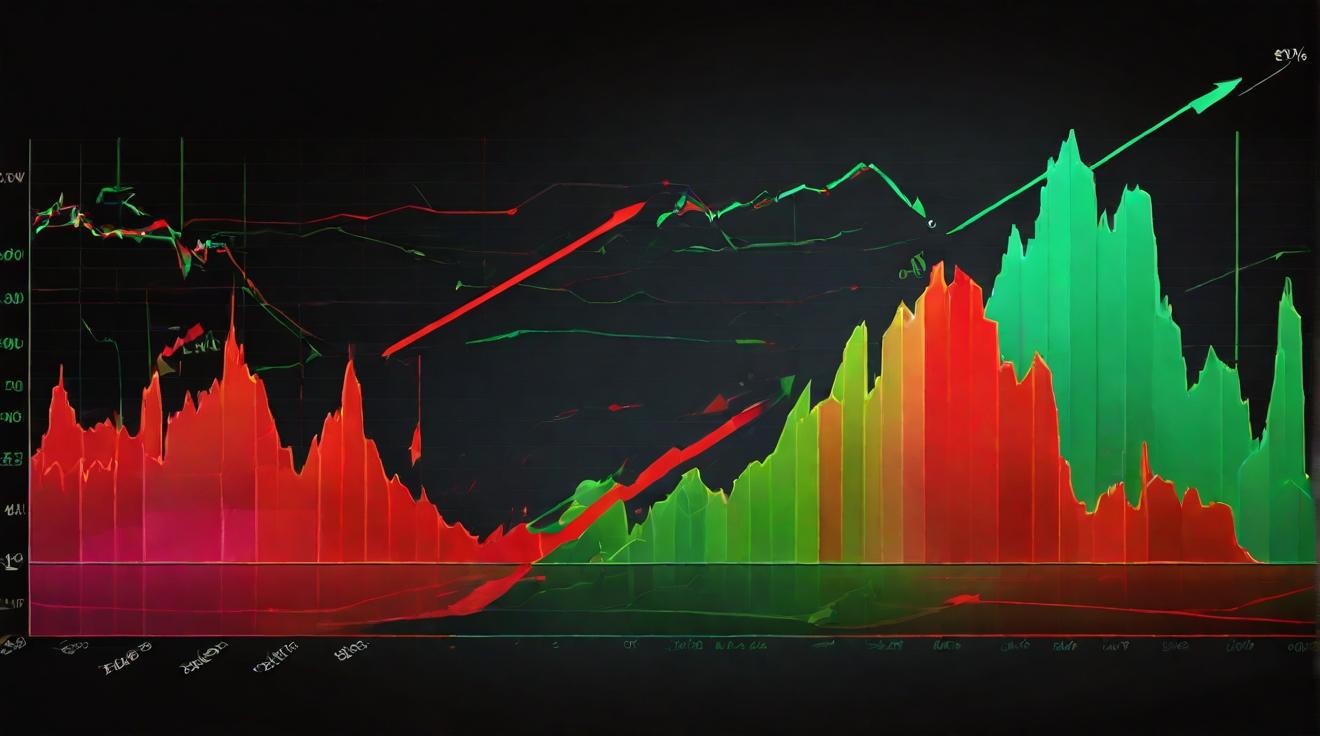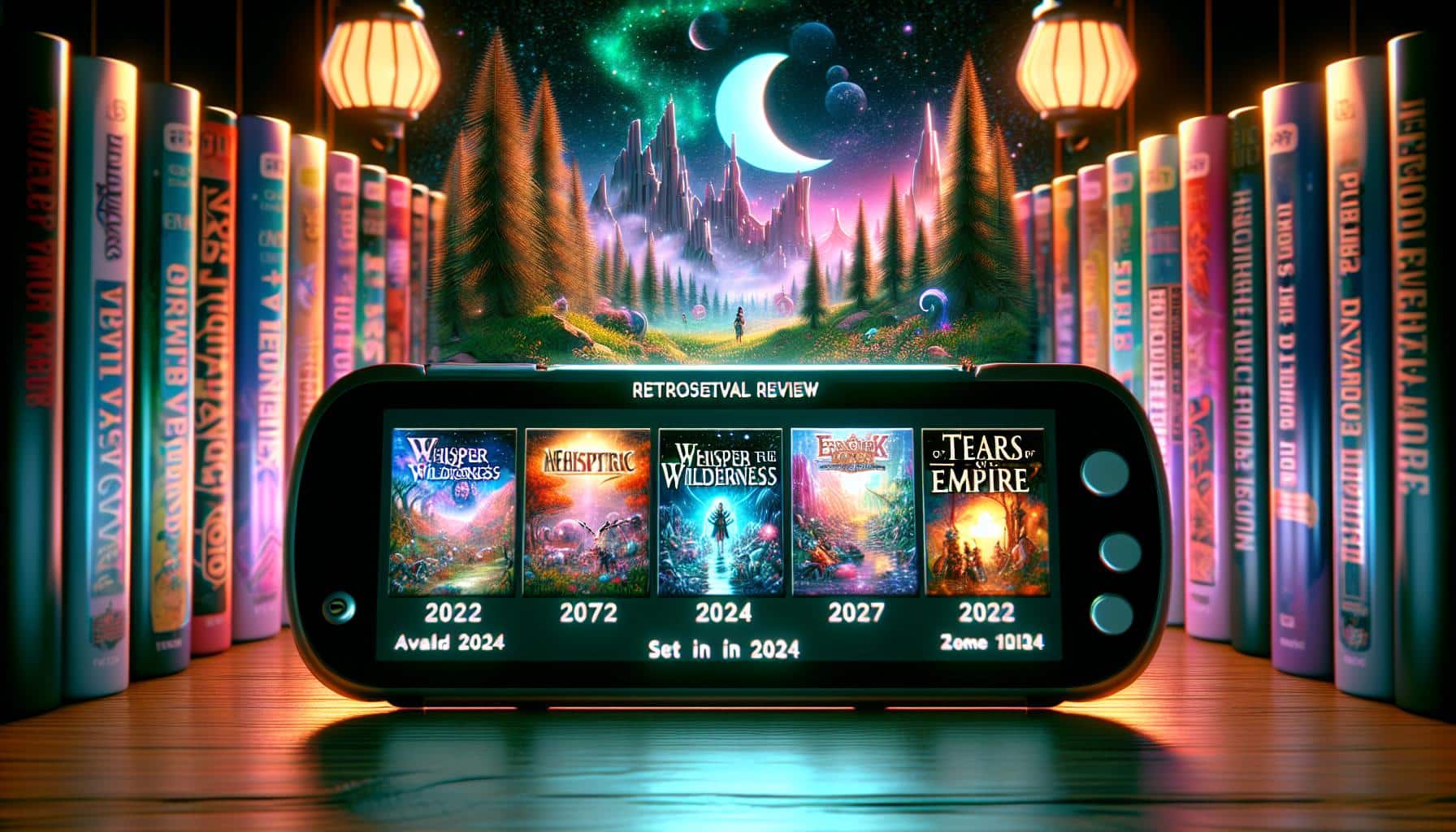Goa Bird Festival captivates attendees with virtual reality exhibit showcasing raptors
At the recently concluded Goa Bird Festival, World Wide Fund (WWF) Goa presented a virtual reality (VR) exhibit, allowing attendees to experience the world of raptors first-hand. In a first-of-its-kind initiative, WWF Goa curated the exhibition featuring over 90 species of raptors, bringing them closer to the public eye to raise awareness about this lesser-known group of birds.
Virtual reality technology transports participants to the habitats of magnificent raptors
The exhibit, a replica of a physical one housed at WWF India’s office in Delhi, used cutting-edge VR technology to transport participants to the habitats of these magnificent creatures. Aniket Desai, senior programme officer at WWF, emphasized the crucial role that raptors play in our ecology, serving as scavengers that feed on dead cattle and other animals. Without them, the risk of spreading zoonotic diseases increases. Desai also expressed hope that the VR medium could effectively communicate the importance of these birds to society and dispel any taboos surrounding them.
Attendees at Goa Bird Festival treated to unique raptor experience
Attendees at the Goa Bird Festival were treated to a unique experience where they could explore the characteristics of various raptors found in India. The VR journey delved into their habitats, hunting habits, size, colours, and distinctive calls, allowing users to identify different raptor species by their vocalizations. Aditya Kakodkar, senior coordinator at WWF India, described the VR exhibition as a game changer in terms of education and awareness, particularly in remote locations where setting up a physical exhibit might be challenging or expensive. All that’s needed is a small enclosed space and a 4G internet connection, making VR an excellent tool for education in such areas.
Interactive nature of VR exhibit enhances engagement and immersion
The interactive nature of the exhibit enabled users to engage with each panel in virtual reality, zoom in on details, and click on individual birds to listen to their calls. The result was a truly immersive experience that made participants feel as if they were in the same space as the physical exhibition. By leveraging VR technology, WWF Goa was able to provide an engaging and educational experience for attendees, furthering their understanding and appreciation of raptors and their ecological importance.
Overall, the Goa Bird Festival’s VR exhibit showcased the potential of virtual reality in raising awareness about lesser-known species like raptors. With its ability to transport participants to remote habitats and provide an interactive learning experience, VR technology has the power to revolutionize education and conservation efforts, bringing the public closer to nature and fostering a deeper connection with the natural world.
Analyst comment
Positive news. The VR exhibit at the Goa Bird Festival was a success, providing attendees with an immersive and educational experience about raptors. The use of VR technology has the potential to revolutionize education and conservation efforts, increasing awareness and understanding of lesser-known species. This can lead to further appreciation and action towards protecting the natural world.













